In the world of gardening, I detest what’s called fashionable this season.
Gardening fads come and go.
Whether it’s driven by the Chelsea Flower Show, influential designers or even bolshie production nurseries that dictate trendy plants.
I’ve simply nae time for it.
I believe in planting what you like and what works for you and your garden.
That’s not to say be ignorant to cultural trends like sustainability issues, ie cutting out peat use, using non-natives unnecessarily and implementing ways to reuse water.
No, no, in terms of trends I’m purely talking fashion over function.
Dazzling dahlias
One such plant that I adore that can often be a victim of fashion fads is the Dahlia.
One minute it’s trendy; the next is less popular than a 40ft Leyland cypress hedge with your sunbathing neighbours.
Lift those tubers
This time of year, like many plants, the dahlias are coming to an end. They can stand a frost or two before going too tatty but it’s far easier to identify what they are before they reach that stage.
In the north-east of Scotland, we don’t have the luxury of leaving dahlias in the ground like they can further south.
You’d be waiting a while for a reappearance (they’d almost certainly be mush).
Instead, once we’ve had a frost, we head out with the empty bread trays and lift those tubers out the ground.
Much like lifting tatties, you stick your fork in carefully around the outsides.
Avoid any speared tubers impaled on the fork tines.
Take your time (like you do with tatties) working your way around it from the outside and wiggling until they lift freely and easily.
After this, shake off excess soil back onto the bed/pot and get your secateurs handy.
Chop off the foliage just above the top of the tuber where you see the growth shoots started and whing that onto the compost heap.
Next, get your tray ready and pop the tubers on here.
Most importantly have a label and a pen on standby and write down what specific dahlia that tray contains.
Unless you’re Uri Geller you can’t tell what the variety is after the foliage is off!
We bundle the trays so that the same varieties are in the same trays to make it easier next spring.
Any that are unknown, or ones you can’t tell if the foliage or flowers have all gone; get put into the ‘lucky dip’ tray.
Let them drain and dry
We give them a once-over by hand to get rid of any mushy, weak, or powdery unhealthy tubers.
These will be obvious, don’t worry.
Next, we use a nail to poke a wee hole into the stems going into the tuber.
Tubers are taken inside and turned upside down on a netted bench to let any water or moisture inside drain out for a few days.
After this, we give them a final brush over by hand to remove any dried soil from the tubers.
Lastly, we pop them into a tray somewhere nice and dry over winter. There’s a lot of debate over what’s best to do here at this point.
I’ve had folk say they put it into sand, others into newspapers, some even say a dry compost but basically the key is to keep them dry.
I’ve made the mistake myself of putting dahlias lovingly individually wrapped in newspaper into trays.
Followed by putting them into an estate garage for winter, only to realise later the garage was damp.
The papers got wet and eventually the tubers.
I saved most but learned my lesson.
Come spring you can plant them straight out once threats of frost have passed.
What I prefer to do though, is pot or tray them up into our soil/compost mix in April (when frosts are still abound) and let them start shooting away indoors before we plant them outdoors in late May (when frosts are over).
It’s a good way to give them a head start.
Choices!
There are many types of dahlias to pick from.
All sorts of colours, shapes and sizes. Anemone, ball, cactus, collarette, decorative, mignon, orchid, peony, pompom, semi-cactus, single, waterlily.
Surely there must be one out there that suits you!
Have a spy at your local garden centre for packs of tubers.
They are as easy as planting them just below the soil surface and giving the variety the space, it needs. Some get huge.
At Haddo House we use them very liberally in the courtyard pots, in the annual bedding displays on the main terrace garden and to fill in any gaps in the herbaceous borders or jubilee lawn.
I’m already missing the cheer they bring.
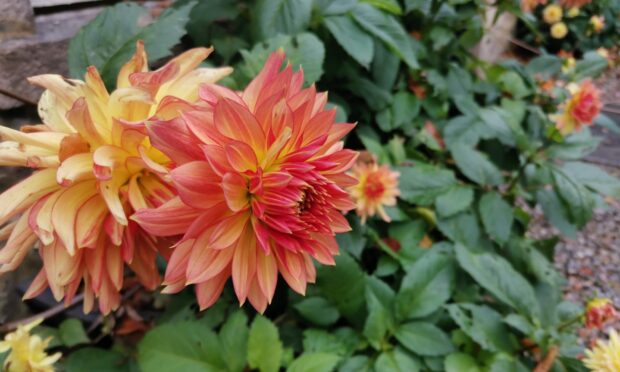
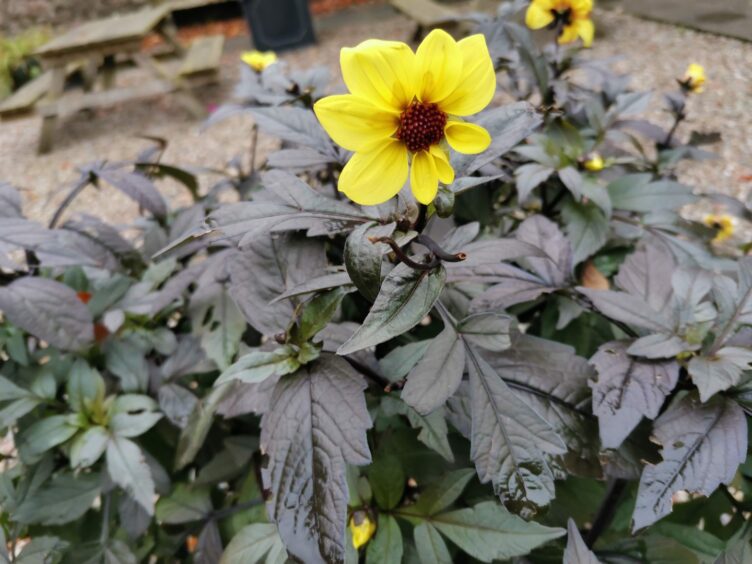
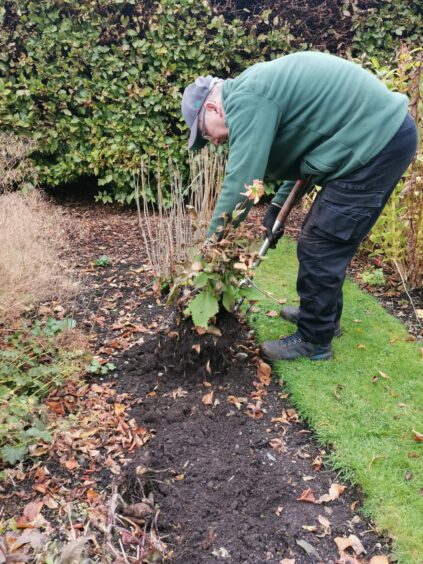
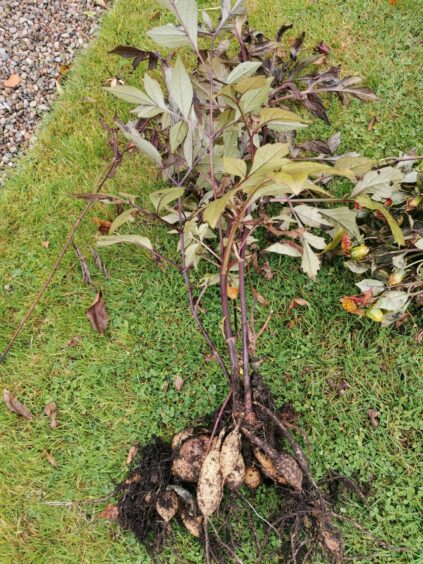
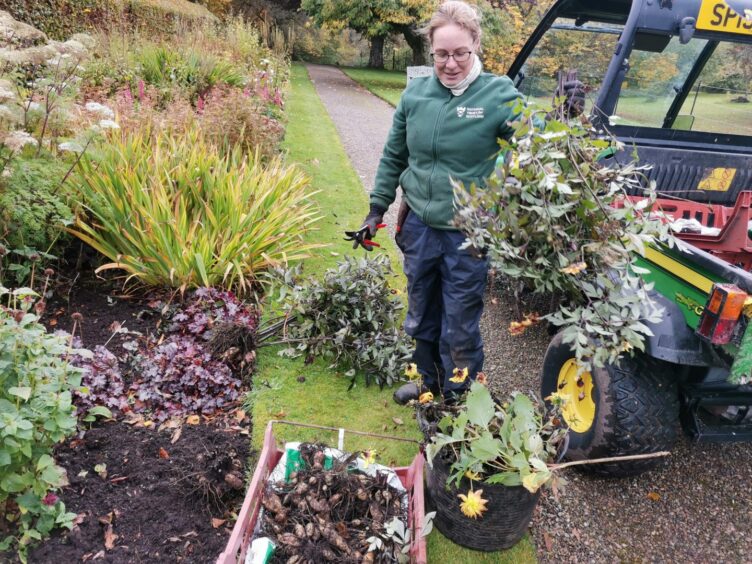
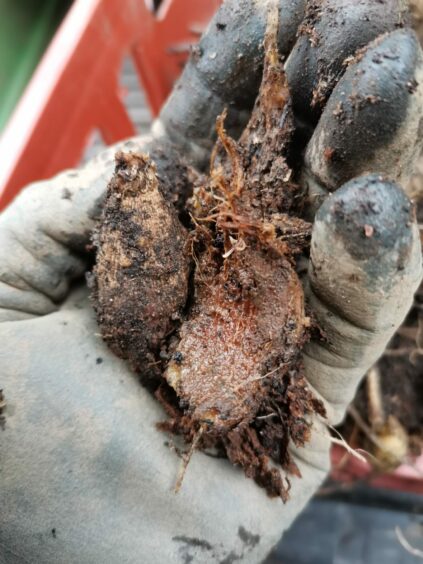
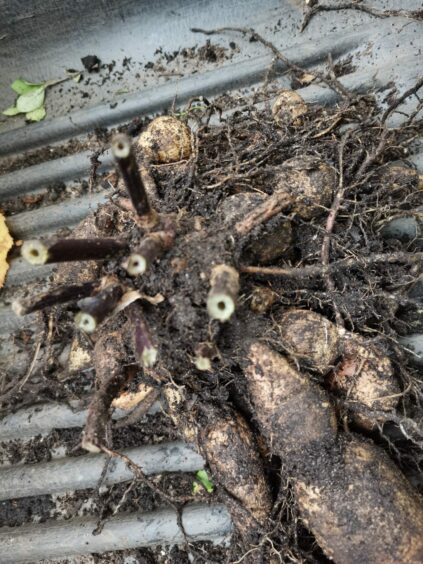
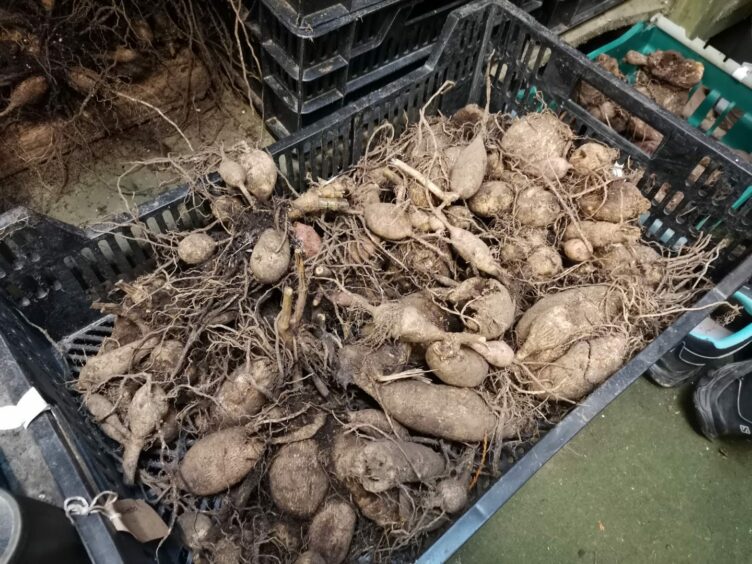




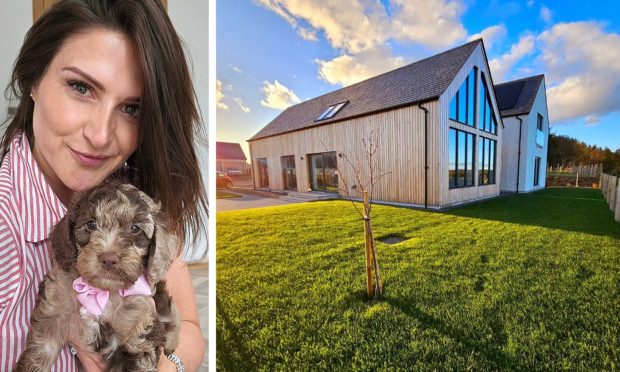
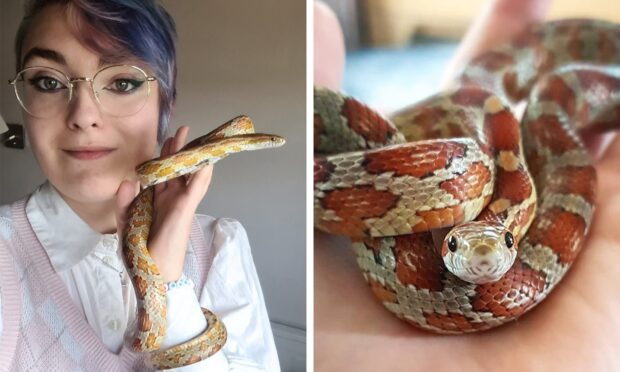

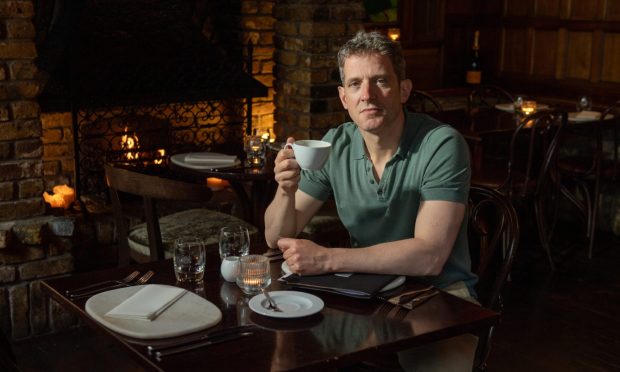


Conversation